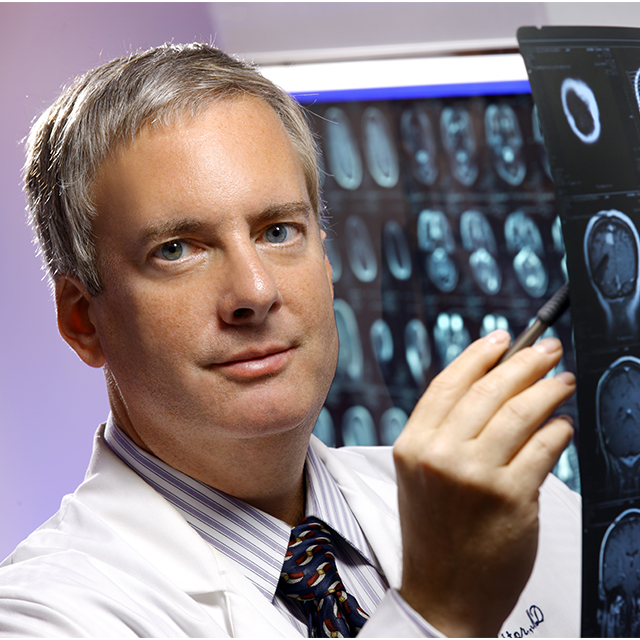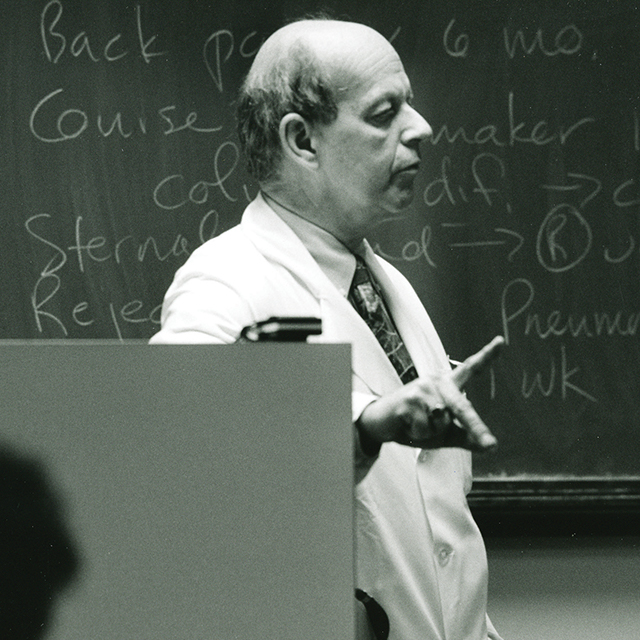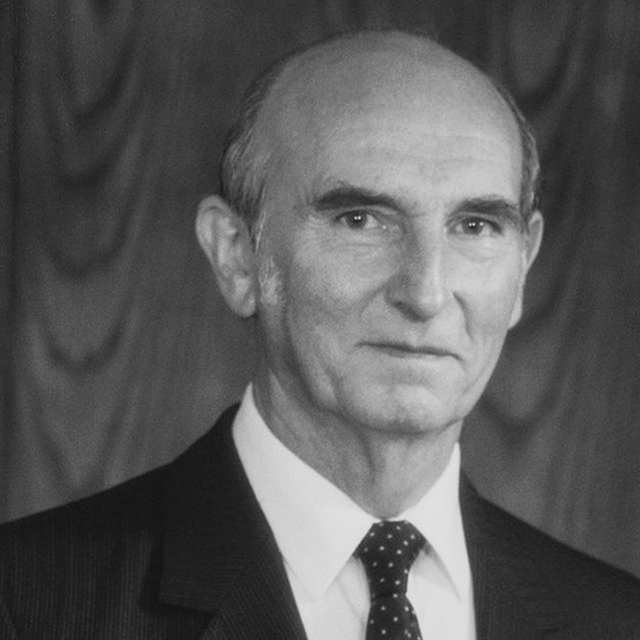Richard J. Johns ’48 was one of those rare individuals for whom excellence in whatever he did seemed to come naturally — whether he was fashioning a primitive “crystal set” radio receiver as a youngster in the 1930s or spearheading the creation of Johns Hopkins’ superlative Department of Biomedical Engineering in 1970.
Johns died on November 29, 2020, of dementia complications. He was 95.
As head of the biomedical engineering department from its founding in 1970 until 1991, Johns fostered research in hearing, speech, cardiovascular control and myocardial mechanics, as well as the development of better instruments and tools for treating a wide variety of medical conditions.
He also arranged the restructuring of the department so it would be operated jointly by the Johns Hopkins schools of medicine and engineering. In addition, he frequently sought collaboration with Johns Hopkins’ Applied Physics Laboratory to devise new treatment methods. The department consistently ranks as the No. 1 biomedical engineering program in U.S. News & World Report.
“The university’s leadership in biomedical engineering, the vast innovations and advances made by our faculty, students and alumni that have improved the lives of so many, are a direct result of Dick Johns’ vision and his understanding of what is possible when you bring engineering and medicine together as an integrated collaborative effort,” says T.E. (Ed) Schlesinger, dean of the Whiting School of Engineering.
Johns shared his deep commitment to Johns Hopkins with his wife, Carol Johns ’50 (1923–2000), a world-famous expert in lung diseases, who also was an assistant dean of the medical school and a founder of the Task Force on Women’s Academic Careers in Medicine. They had met during their residencies at Hopkins.


